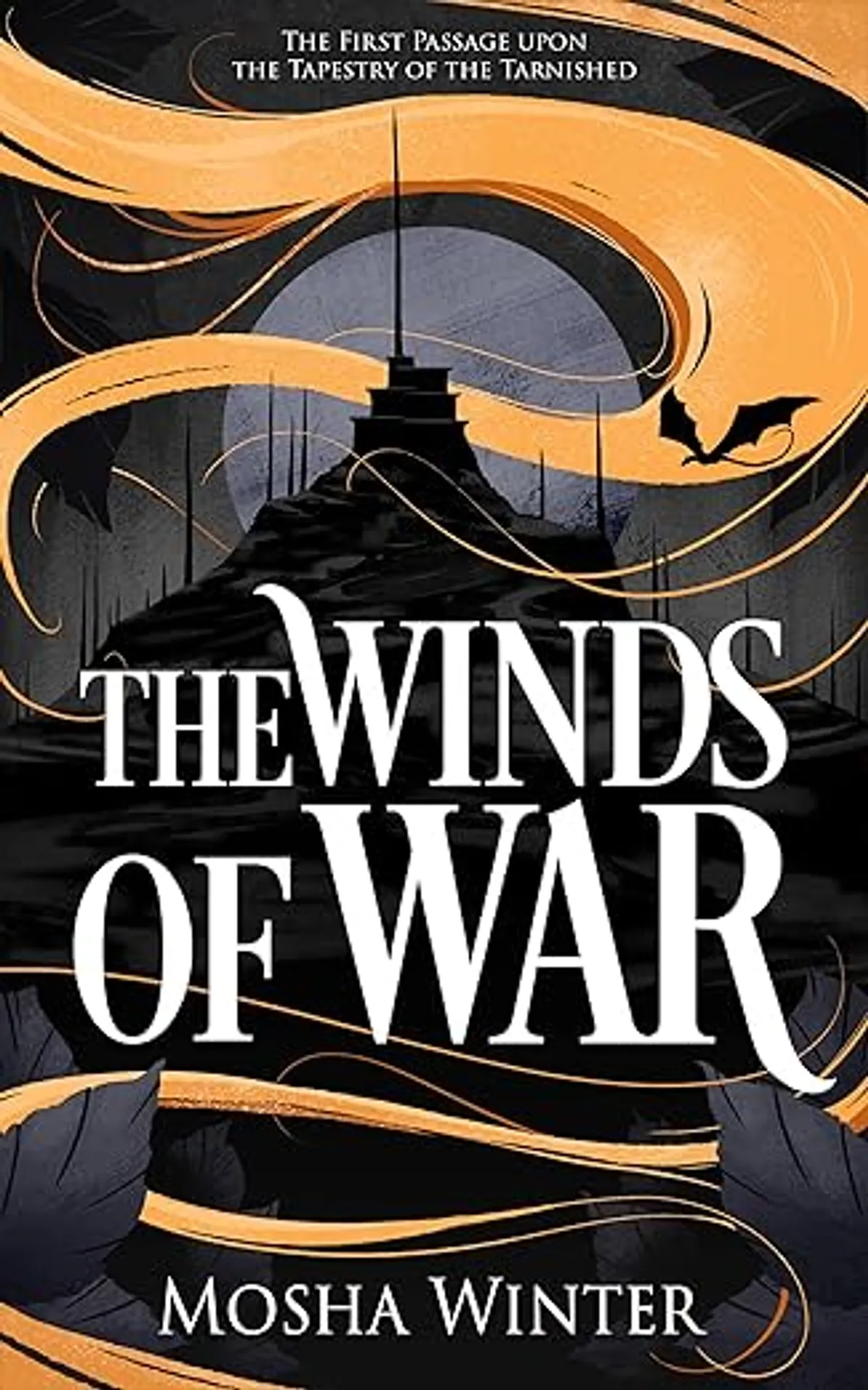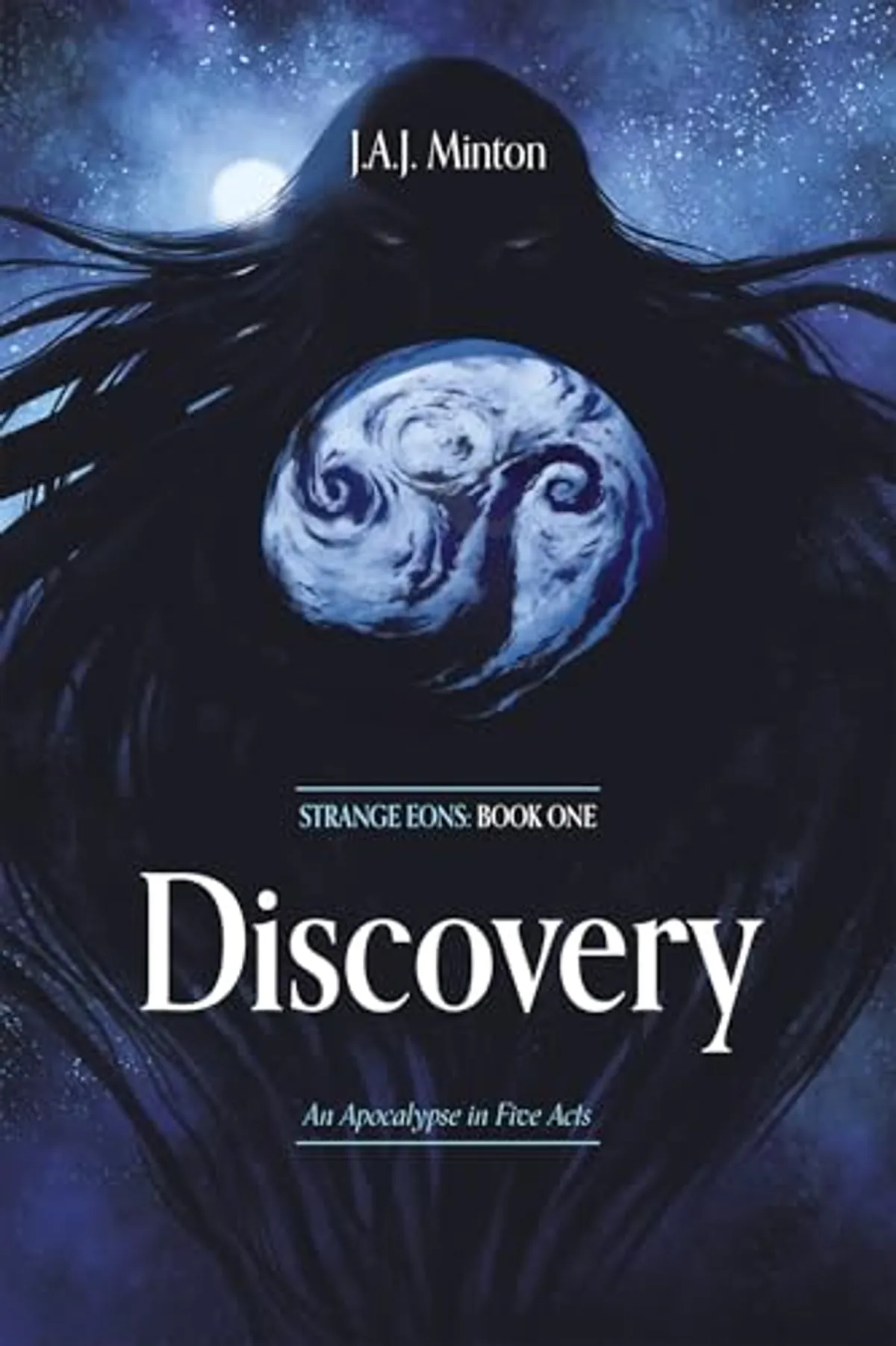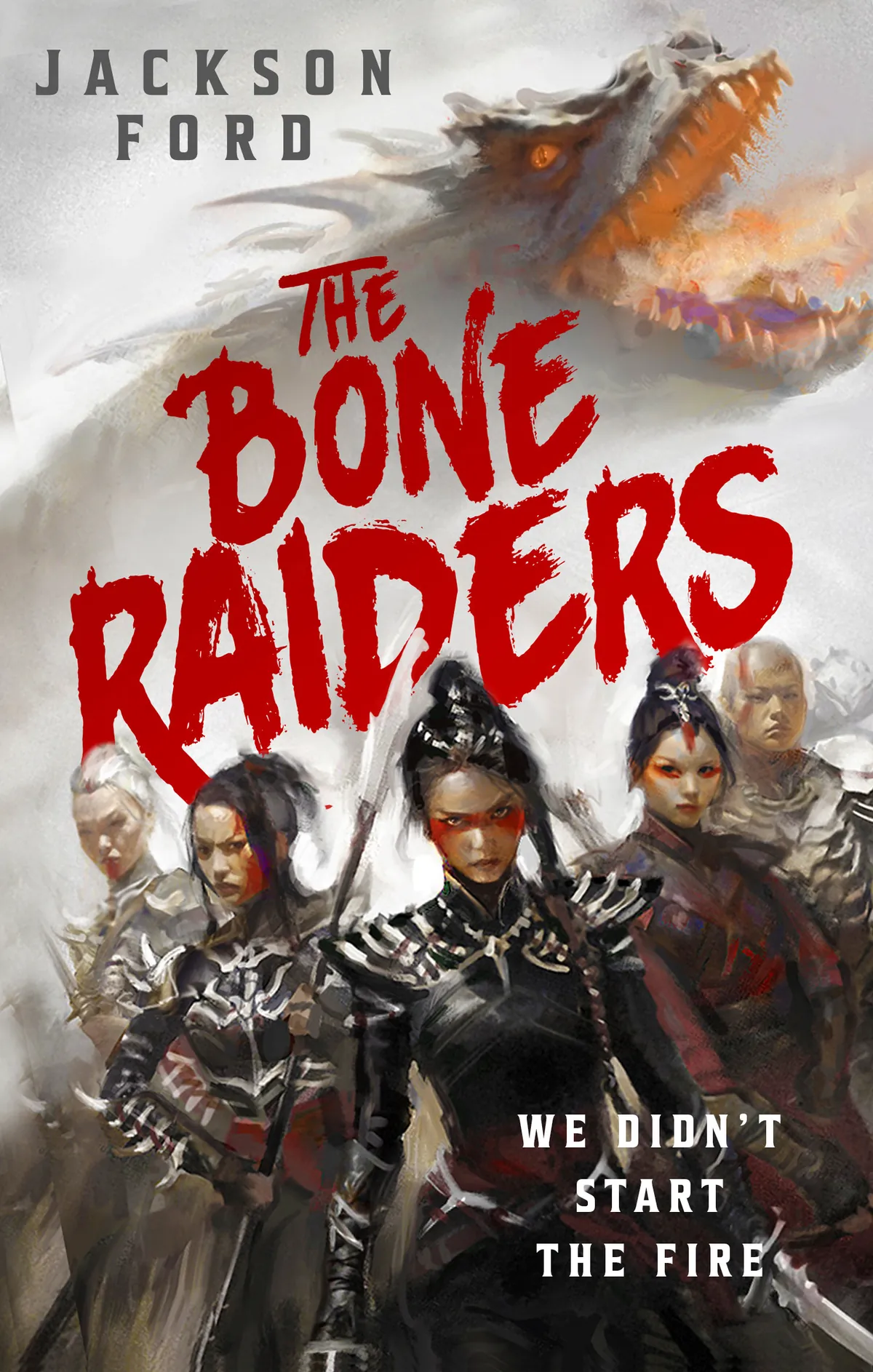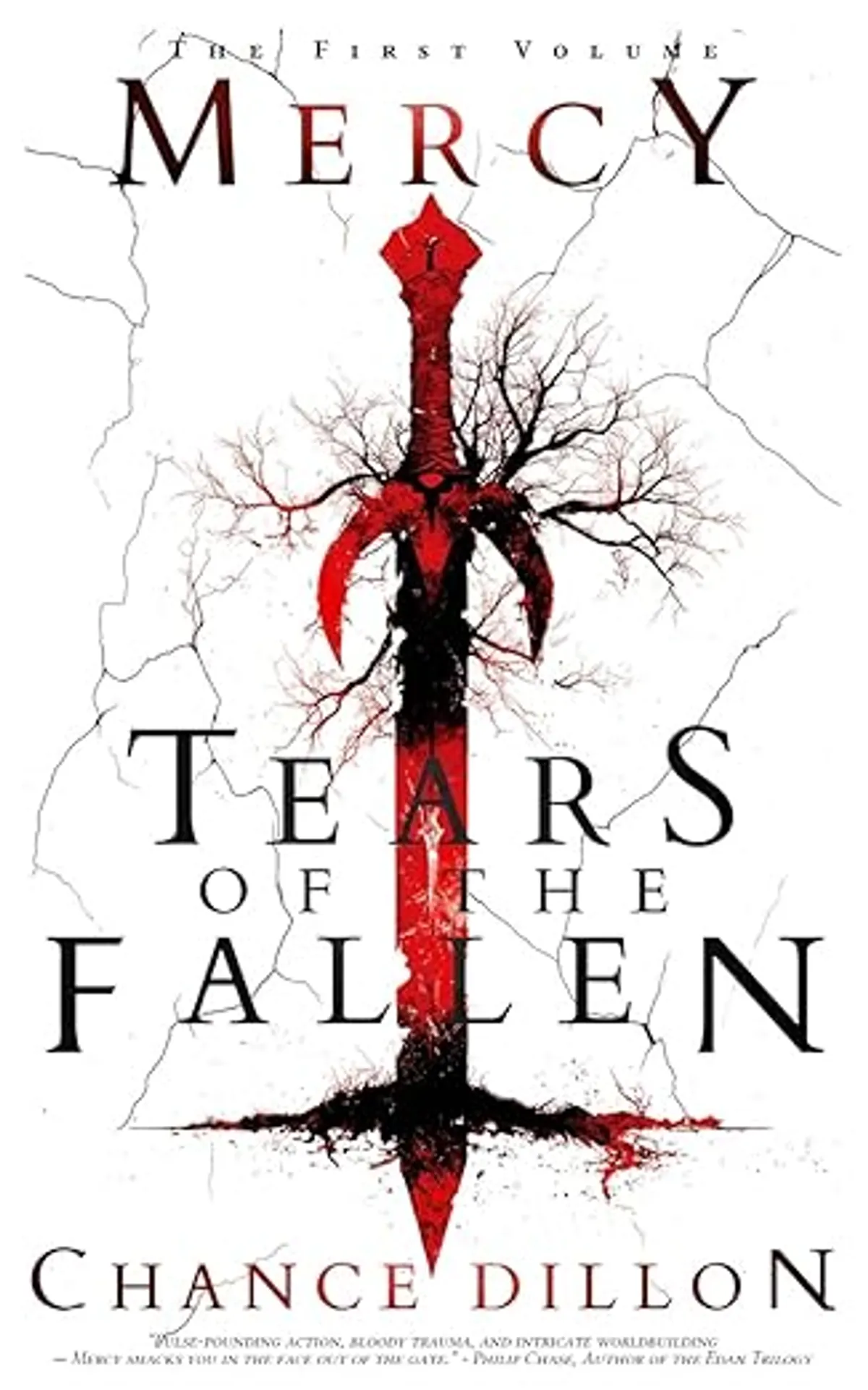The Winds of War
by Mosha Winter
Reviewed by Devin Ford on July 12, 2025
Est. Reading Time: 11 min
ARC Disclosure: This book was received free of charge from the publisher in exchange for an honest review.
At a Glance: When Empires Crack and Dragons Fly
This book marks an excellent beginning to an epic fantasy saga. Although the story begins with three separate narratives its epic scope becomes fully realized after the initial stage setting. Shifts in political alliances create engaging intrigue throughout the story until unexpected twists in the conclusion change its direction.
Winter demonstrates strong worldbuilding skills by merging three main storylines across the Ring world from the decayed Astaris Empire to the Rhaavi resistance movement. After establishing its narrative foundation the story delivers rich political intrigue and dragon battles culminating in a rewarding conclusion that elevates the initial slow plot into an engaging tale.
Winter has built a story that effectively relates how the personal stories of dragonrider Yuei and shadow guardian Rizu are tied to powerful forces with ambitions to utterly transform the world of Ring. The additional layer following Hatsun’s scholarship at the Great Library provides some extra gravitas to the quest to save the world, while the view from the imperial palace offers up some powerful characterization of the rot that undermines the crumbling Astaris Empire from within.
The most powerful part of this book, though, is the acknowledgment of the human toll of violence, be it in a rebellion or in maintaining the stability of the imperial rule. This is not a black-and-white morality play and even the Rhaavi side of the conflict is not squeaky clean.
The Ring Expands: A World Built for War
Winter’s most prominent worldbuilding element has been, and remains, the Ring itself. An actual ring, made up of continents, that brings geographic cohesion to the world while also opening up all kinds of possibilities for conflict and expansionism. In The Winds of War each region gains a unique cultural identity while magical schools and conquests forge ties between them.
The Astaris Empire feels both decadent and overextended, with their Gold Council a great mechanism for exploring how political machinations work in a fantasy context. Winter also avoids the urge to cartoon villainize the empire, instead building up how an institution “built on blood and lies” can generate its own internal conflicts, which could ultimately be more perilous than any external foe.
Winter breathes life into the Rhaavi lands via their tribal makeup and warrior culture, but also layers onto this proud people the ways in which they have had to adapt their culture in order to survive imperial aggression.
Winter’s decision to make the Great Library of the Awakened such a key player in this story is one of their smartest worldbuilding choices. It serves as both a neutral space where knowledge can exist outside of the political machinations of the world, and a means to create character-driven opportunities for exposition. Hatsun’s research dovetails naturally with learning more about the lore of this world in ways that never feel clunky, and the secrets of the library also provide plot catalysts that feel both surprising and inevitable.
Magic in Winter’s world also weaves into its social structures naturally, without feeling like an overly systematized checklist. The different dragon types, the shadow guardian’s techniques, and the scholars’ magic all feel like the natural product of their respective cultures, rather than an arbitrary set of powers designed for action sequences.
Character Threads: Personal Stakes in Epic Scope
The character Yuei struggles to earn reader empathy during his initial complaints about his wife managing tribal defense as he rides off to fight. He’s definitely not a character the reader is predisposed to like. Winter successfully developed his character depth by focusing more on his leadership responsibilities after he became entrenched in imperial politics alongside the Rhaavi. I enjoyed his arc over the course of the novel.
Rizu was also a nice standout in terms of character work, and Winter kept her role interesting beyond her tribal leadership role. Rizu’s involvement with the secret assassin academy brings authentic intrigue to her character.
The scholar arc with Hatsun was also unexpectedly fun and Winter is obviously aware that there is as much suspense to be found in the thrill of intellectual discovery than in outright battle scenes. A lot of the book’s momentum is driven by the secrets Hatsun is uncovering.
Empress Seline also provided a strong anchor for the imperial side of the narrative and really nicely captured the difficult position of someone in power with the ability to crush others, but also knows that’s how your whole empire is built. She is both a villain and a sympathetic victim, or, at the very least, a very interesting moral grey.
All the supporting cast are doing their jobs well for the most part, although some relationships (minor spoilers) felt a little more added than actually developed. The whole political game of Beric Bowen was fun, but more interesting were the various commanders such as the Aegis Arevenon on the military side.
Political Winds: Pacing That Builds to Payoff
The Winds of War demonstrates traditional epic fantasy storytelling by starting with slow development followed by rapid progression. Although the second part of the book delivers tremendous satisfaction it struggled to hold my interest through its first half which felt exceedingly slow. Winter deliberately builds a political and social world in the first half that compensates readers for any pacing frustration with rewarding revelations in the second half.
The multi POV style of the book really works for the narrative structure, which is more focused on showing how ripples in one place or culture lead to waves in others. This technique serves as a diversion for an early plot twist in the narrative.
Winter showcases his plotting skills within the political intrigue segments by integrating an unexpected twist where an ordinary moments can become vital for an essential political maneuver. There are times where Winter shows an author that understands that political fantasy doesn’t need to just be a contest of who has more soldiers or bombs or dragons, but can also be a test of wits and who can outsmart and outthink their opponents.
The action sequences that feature dragon fighting succeed because they always support rather than overshadow character development and political narrative. Winter shows strong tactical utilization of dragon types while maintaining narrative engagement through events that bring bonded relationships into the battles.
The ending really raises the book as a whole. The reveals and character moments provide new light on some of the earlier portions, and the political moves feel both surprising and yet totally believable. The larger conflict is introduced with the scope ramped up even further.
Between the Sheets: Romance in a Brutal World
BroMantasy Spice Rating
Light Play
(Passionate Moments)
The Winds of War gets its 🌶️🌶️🌶️ (2.5) from some steamy scenes, which tastefully build to meaningful connection. Winter handles sex and romance maturely, for grimdark; our characters turn to both as escape and reaffirmation of humanity within a violent world.
Romantic relationships are developed around physical hardship instead of proximity, so they feel natural in the series’ extremely violent context. Winter sidesteps the trap of romance as relief, making love an act of resistance in a world that is actively trying to rob the characters of their humanity.
The intimate scenes focus less on the specifics of sex acts and more on emotional vulnerability, which is fitting for the book’s emphasis on character-driven story over gratuitous sex. For male readers, it means this title offers romance as a complement to its fantasy and political plotlines that drive the main story.
Bro Reading Comfort: Epic Fantasy Respectability
Rating it at 😳 (1.0) I don’t find that The Winds of War presents any significant problems for public reading. From the cover and the marketing it is clearly billed as epic fantasy of a serious nature. The majority of the content is focused on the politicking, warfare and world building, as opposed to cringe-inducing romance.
The grimdark nature and the nature of the political intrigue itself gives it real weight in a literary sense. A straightforward recommendation can be made for readers who steer clear of works categorized as romantic fantasy. Winter’s emphasis on multiple POV characters and large-scale conflicts tends more towards GRRM, as opposed to the very romance driven fantasy in other subgenres.
Dialogue can be a little clunky at times, but in tone and presentation it’s nothing I would be uncomfortable reading around others. Magic systems and the like are unproblematically fantasy, and not cutesy or juvenile.
Darkness Factor: What We Expect from a Grimdark Fantasy
The Winds of War obtains a darkness rating of 💀💀💀💀 (4.0) because of its realistic portrayals of warfare’s devastating effects. The book receives a strong rating because of its graphic portrayal of violence’s physical and psychological impact alongside disturbing prologue imagery and acts like castration and torture.
The novel does not use dark elements gratuitously or for shock value, but rather to add depth and realism to the narrative. The horror that Maxon and his crew experience can be seen as an extension of the novel’s themes regarding the cost of resistance and the dehumanizing effects of war.
Through the incorporation of dark elements Winter successfully builds character relationships while examining humanity when presented with inhumanity. The psychological damage suffered by the characters is believable and adds to the overall impact of the story.
Hopeful human connections along with genuine moments of hope prevent the story’s darkness from becoming overwhelming. The romantic elements and the bonds between the characters provide a counterpoint to the brutality they face.
Book Battlefield: Following in the Footsteps of the Greats
The Winds of War is described as the cross between A Song of Ice and Fire by GRRM and Malazan Book of the Fallen by Erikson, emphasizing complex political intrigue and a more realistic view of the cost of warfare. Winter demonstrates his understanding of fan likes about the series, although his character development doesn’t yet match A Song of Ice and Fire’s level and the philosophical points are not yet as deep.
The book’s greatest strength is its political complexity; characters pursue their agendas in ways both subtle and brutal. Winter’s multiple POVs allow for true moral ambiguity without creating false equivalencies between oppressor and oppressed.
Winter’s world-building demonstrates genuine originality, especially in the geographic concept of the Ring and various magical traditions that stem from different cultures.
The overall quality of the writing shows a developed craft, though issues with dialogue and occasional pacing detract from the story. Winter’s background in art is evident in his descriptive skill, creating vivid scenes that bring the scope of the conflict to life.
Should You Bother?
For Epic Fantasy Fans: You’ll find the large scale and intricate political structures typical of ambitious grimdark fantasy paired with unique twists that make it worthwhile. The world-building and character work show nice development from Winter’s first book.
For Grimdark Readers: The violent content is thematic and serviceable rather than gratuitous, and the political maneuvering gives you the moral ambiguity that makes grimdark great.
For Romance Readers: The romance is balanced with the fantasy and political maneuvering, deepening character work without upstaging it, and developing relationships that feel earned and real in the grim setting.
For Fantasy Newbies: This is a good gateway novel into grimdark fantasy, with enough political complexity that it won’t feel basic to veteran readers but also not so dense that new readers will get lost.
Final BroMantasy Verdict
Readers who love fantasy will discover Winter’s talent extends beyond creating colorful magical scenes. With a 3.75, The Winds of War may not blow you away, but its solid epic fantasy makes Winter one to watch in the grimdark category. While the pacing is slow at times and the dialogue is occasionally clunky, the payoff in world-building complexity and political nuance is worth the investment. Winter proves himself skilled in both juggling multiple POV characters and in maintaining multiple intricate political angles.
Winter’s greatest strength as a storyteller is that he never offers easy answers to difficult questions. The war between empire and resistance is given additional layers of nuance by Winter’s investment in showing the toll it takes on both sides, while the romance elements serve as important emotional anchor points without undercutting the story’s bleaker aspects.
Winter’s background as an artist gives him a particular talent for creating lush, cinematic scenes that ground the reader in the complex geography and web of political machinations at the heart of the Ring. The magic system and political intrigue both feel unique and internally consistent while simultaneously providing avenues for character development.
The book’s conclusion transforms it from promising potential into an engaging story that keeps readers invested. Despite chapters sometimes feeling like padding through their earlier parts the books’s final chapters present plot revelations that deliver both surprising and satisfying resolutions. The political maneuvers Winter sets in motion are juicy without feeling lazy, and the character arcs that tie them together are worth investing the time to see through to the end.
New series seekers will find solid evidence in The Winds of War that Winter possesses the ability to be in the conversation when talking about the storytelling GRRM and Erikson. The first entry in this epic fantasy series demonstrates Winter’s fundamental strengths which establish a solid base, but still has room to grow.
You Might Also Enjoy
Frequently Asked Questions
Is this book part of a series?
Yes, this is book 1 in the Tapestry of the Tarnished series.
How spicy is the romance?
We rate the spice level at 🌶️🌶️ (2.5/5). Romance-focused intimate scenes that advance character development without overshadowing the grimdark tone
How uncomfortable is it to read in public?
We rate the public reading discomfort level at 😳 (1/5). Comfortable to read in public despite grimdark themes; focus on political and strategic elements over cringe
How dark are the themes in this book?
We rate the darkness level at 💀💀💀💀 (4/5). Torture and castration are not particularly gratuitous, despite their brutality, because the book explores the cost of war and the true nature of evil
What age group is this book for?
This book is generally recommended for adult readers due to its mature themes. We recommend checking specific content warnings if you are sensitive to certain topics.






